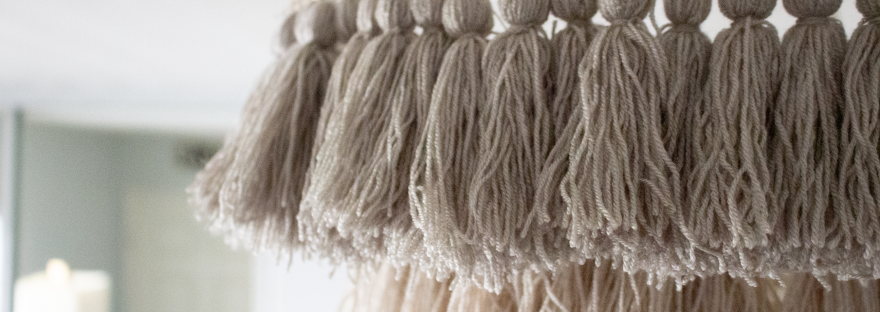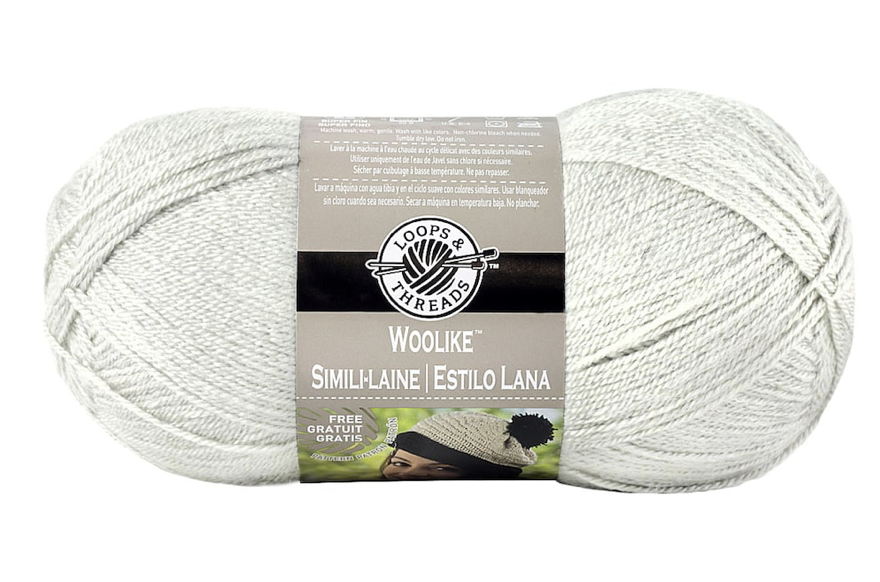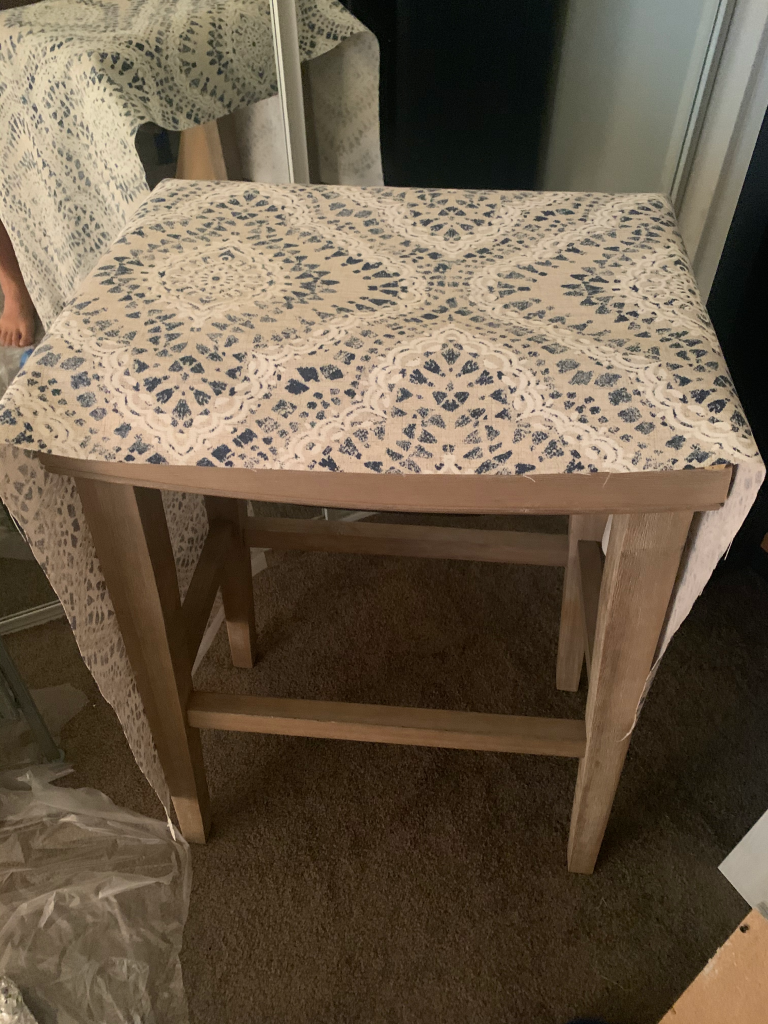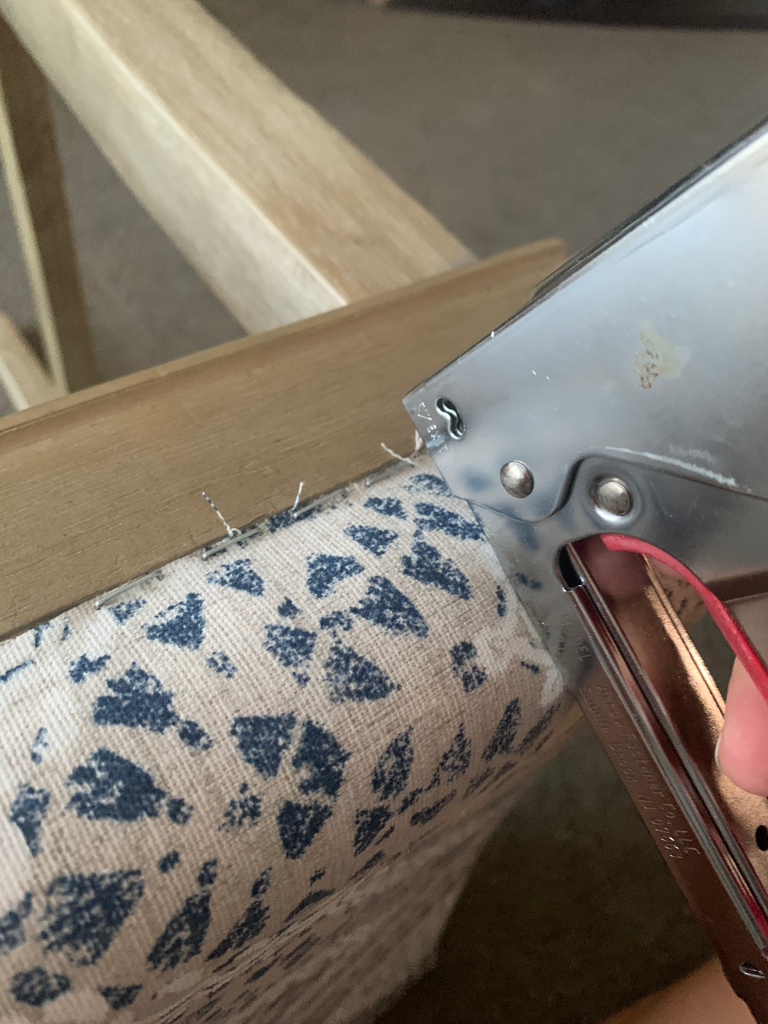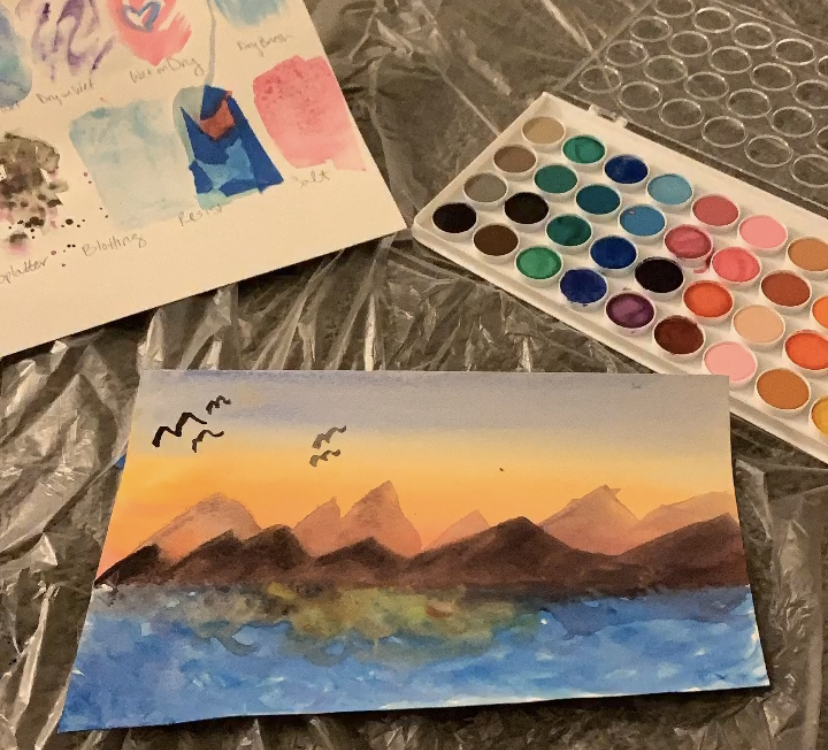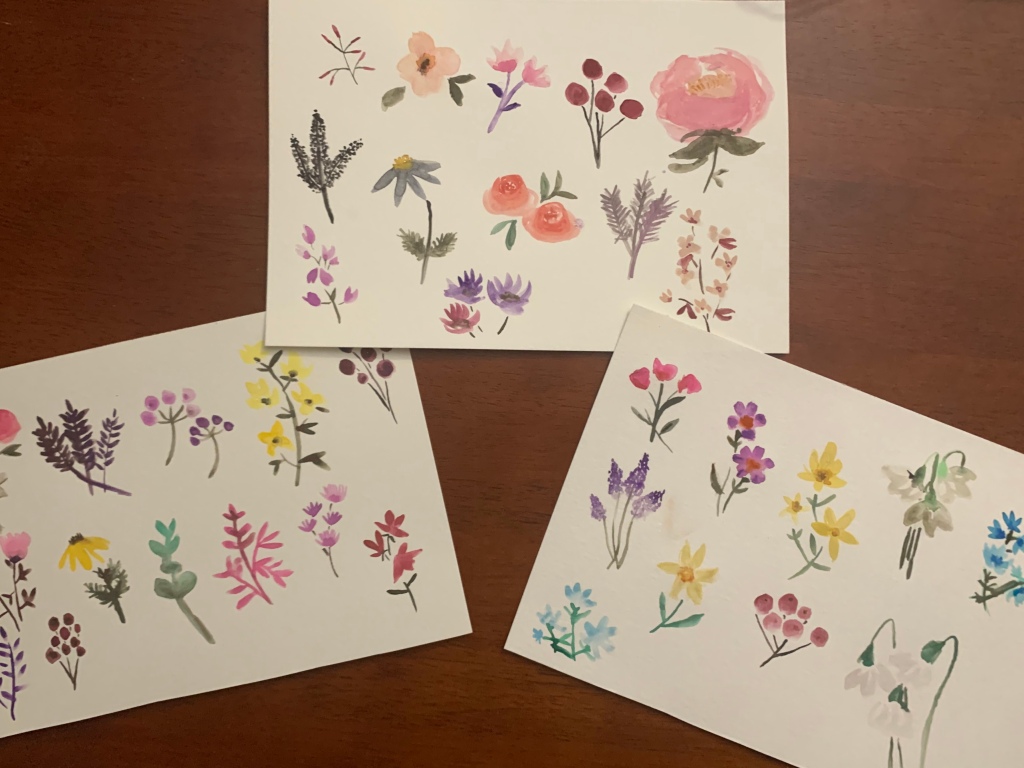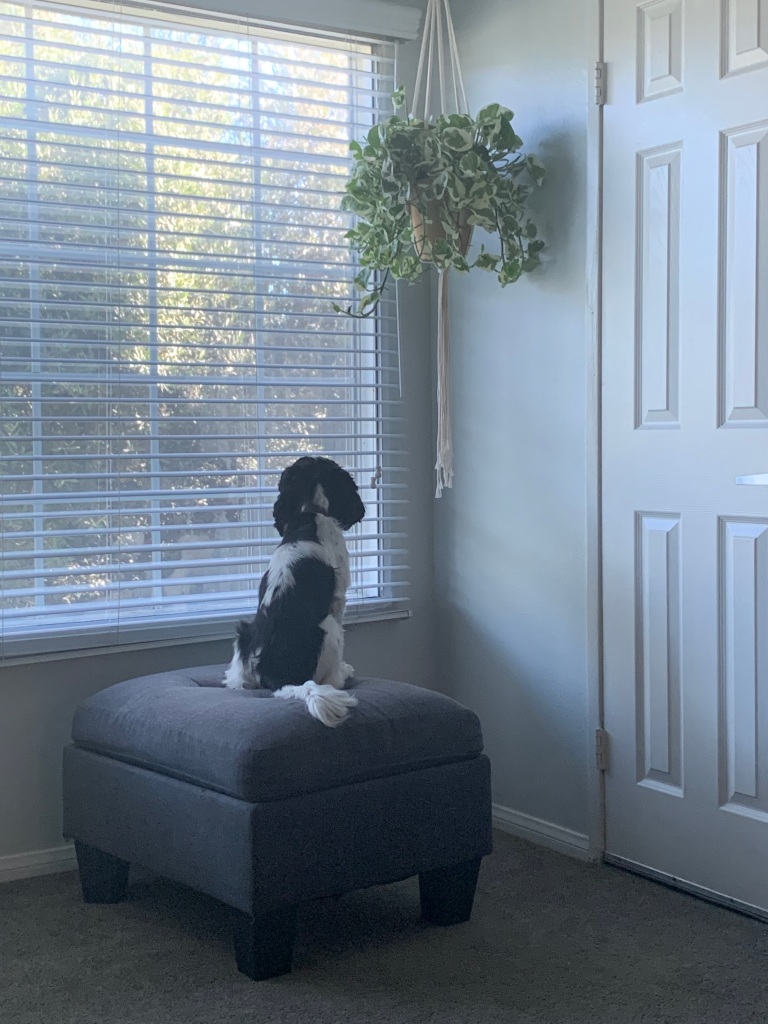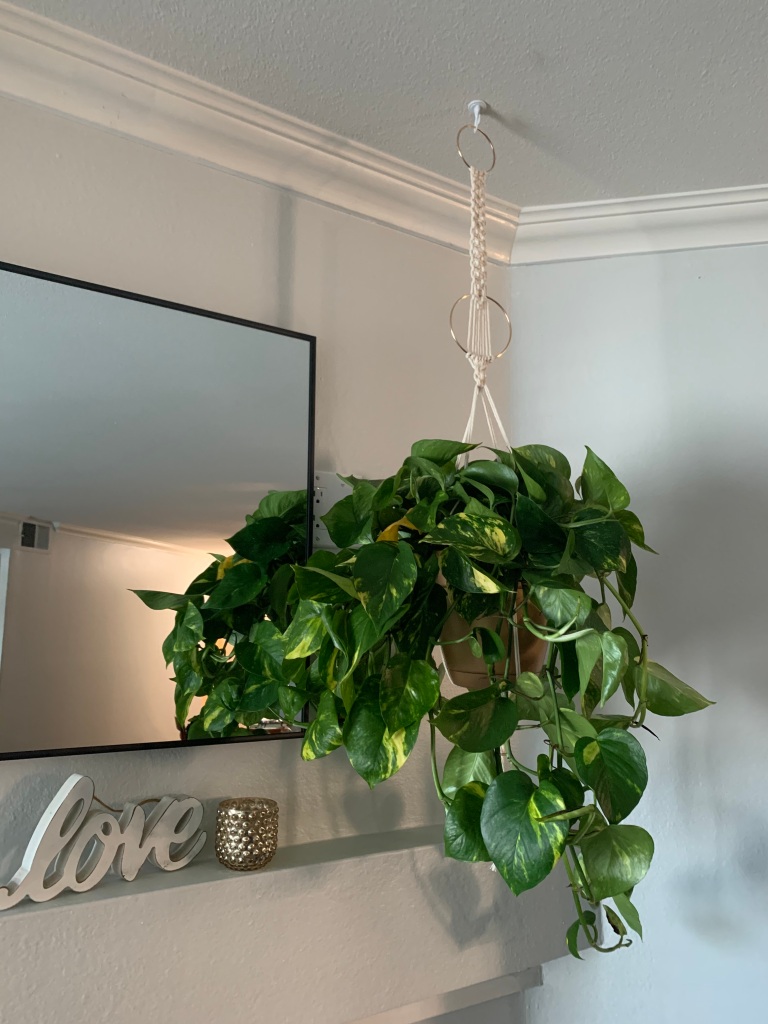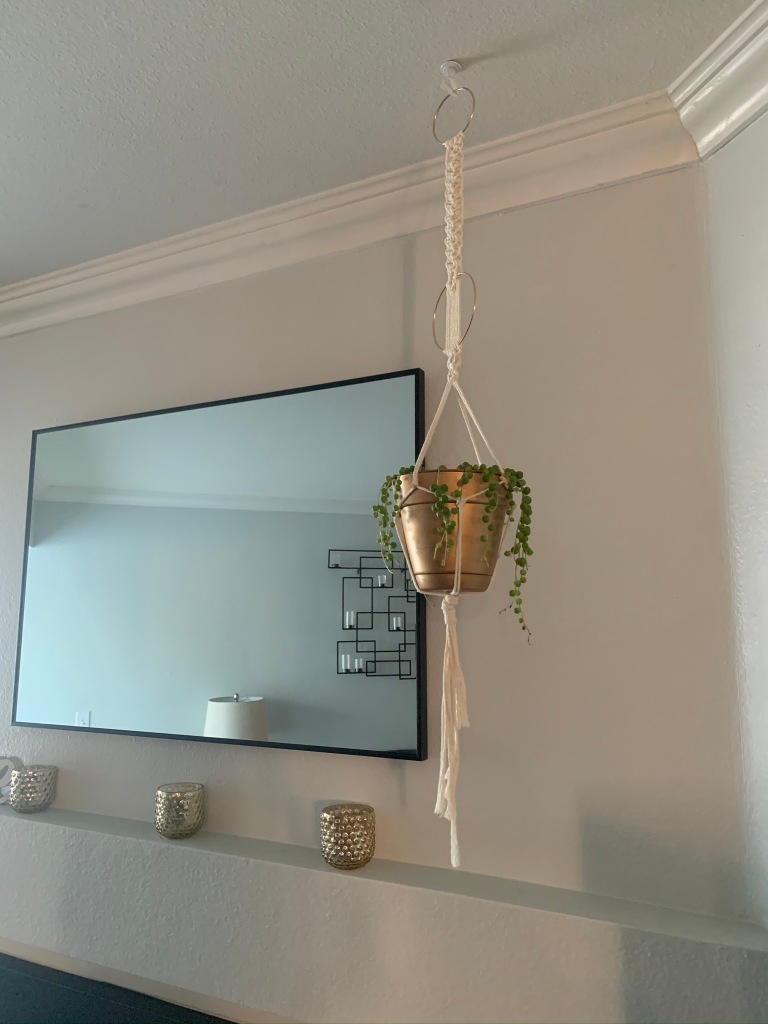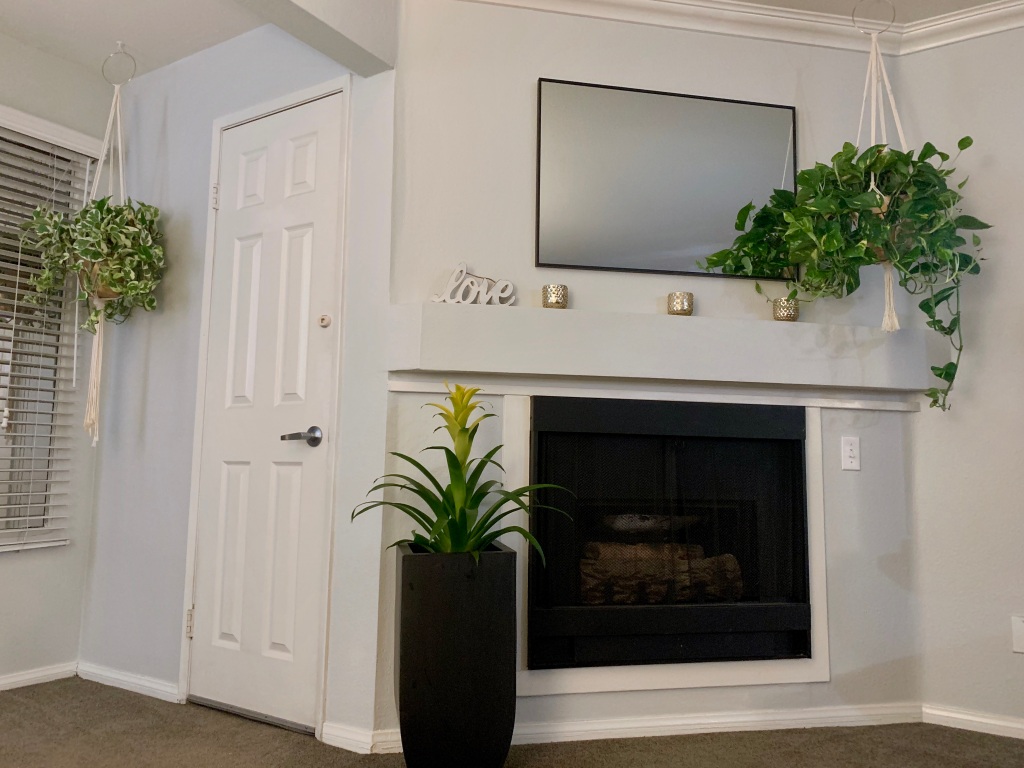Oh man. Where to begin? I’m a little crazy for Halloween. Some might say this is in direct rebellion to my sheltered, conservative Christian upbringing where everything from scary movies to Harry Potter was banned…. but I would disagree. My mom went all out on the costumes each year, sewing poodle skirts and turning rope into Princess Leia buns. We gathered pillowcases full of candy at our church’s Fall Festival event. I didn’t feel like I was ‘missing’ anything from the Halloween experience as a kid, even if we didn’t technically celebrate All Hallow’s Eve.
However, as the years pass, I fall more entranced with the magic of Halloween. October is a month for horror movie marathons, costume parties, haunted houses, potion-like cocktails, and creepy crawly cupcakes. Just this week I read Alice Hoffman’s “Practical Magic”, which was a delightful way to get into the spirit of things. I am also looking forward to the new Netflix series The Haunting of Bly Manor (a follow-up to the stunningly brilliant The Haunting of Hill House). The pandemic may have taken over our lives… but it will never take our Halloween!
Decorating was more of a challenge than usual this year. My budget was slim to none, so I looked around for pieces I could “upcycle” in my own home.
I started with some homemade artwork. Finding inspirational pieces on Etsy to mimic, I used a ruler and a pencil (with a large eraser) to translate the images onto sheets of cardstock. I then cut out the designs to create a “stencil” for my paintings. I placed the stencil on a piece of white paper and used black paint and a thin brush to fill in the space beneath. The stencil wasn’t very robust, so some of my lines got a little wonky but I just smoothed them out freehand. I removed the watercolor paintings from the frames in our dining room and swapped in my new artwork. I think the paint blotches and wobbles add some character to the final look! What do you think of my dining room décor?

Next up was the mantle. I have never had a fireplace before, so I was particularly excited to tackle this one. I’ve been saving my old wine bottles after discovering all the wonderful projects you can make with them. I grabbed two and spritzed them with black matte spray paint. I really like the minimalist look right now, but closer to Halloween I might add some tapered candles or some potion bottle labels. I splurged on a $5 tree at Target (that darn dollar section gets me every time). For a final touch, I decided to make tassel “ghosts”. I bought some thick, white yarn to use in a macrame project a few months ago and there was still a bit left. I found a book that was the same width as the length I wanted my ghosts to be and started to wrap. It only took 10 loops to get a nice, thick ghost shape. After tying off the heads, I cut out eyes from a sheet of black felt and glued them on. Ta-Da!

My final project to date was a wreath for the door. While I usually don’t bother opening marketing emails, I happened to notice that JoAnn Fabrics had an 18” wreath on sale for $2.50I I couldn’t pass that one up, so I immediately drove to my nearest JoAnn. I also grabbed a a pack of faerie lights (on clearance for $3.50). Once I got home, I spray-painted the wreath matte black to match the rest of my décor. While the paint dried, I cut out flower petals and leaves, following a number of tutorials online (type “DIY Paper Flowers” into a Pinterest search. You won’t be disappointed). I wrapped the faerie lights carefully around the wreath, then secured the flowers with hot glue. I had no idea what I was doing, I just kept adding flowers until I liked the look! I hung it on our front door and, while I’m happy with the wreath, it’s a little hard to appreciate the black detail against the black front door. Someone suggested adding gold or white tips to make it stand out more, along with some bats to add to the spookiness! I’ll be working on those updates in the next few weeks.





These were all projects I did in the space of a few afternoons, while cookies were in the oven or football was on. I spent less than $20, so I don’t feel obligated to store any of it in my closet to put up next year. I don’t mind updating my wreath with more paint or redoing the artwork on the wall if I decide I don’t like them. I love the freedom and flexibility that DIY projects offer.
I’ve got a few more craft ideas on the back burner and LOTS of Halloween treats to bake. I’ll continue to share throughout the month!
How are you decorating for the season? Are you going spooky or cozy? Let me know what’s inspiring you right now!

















